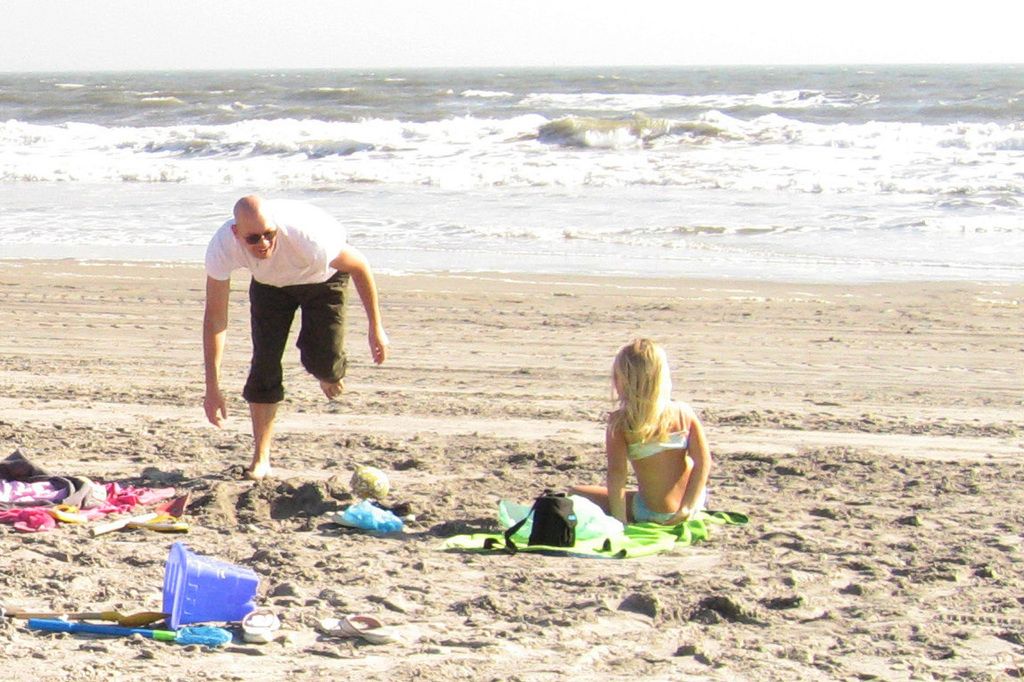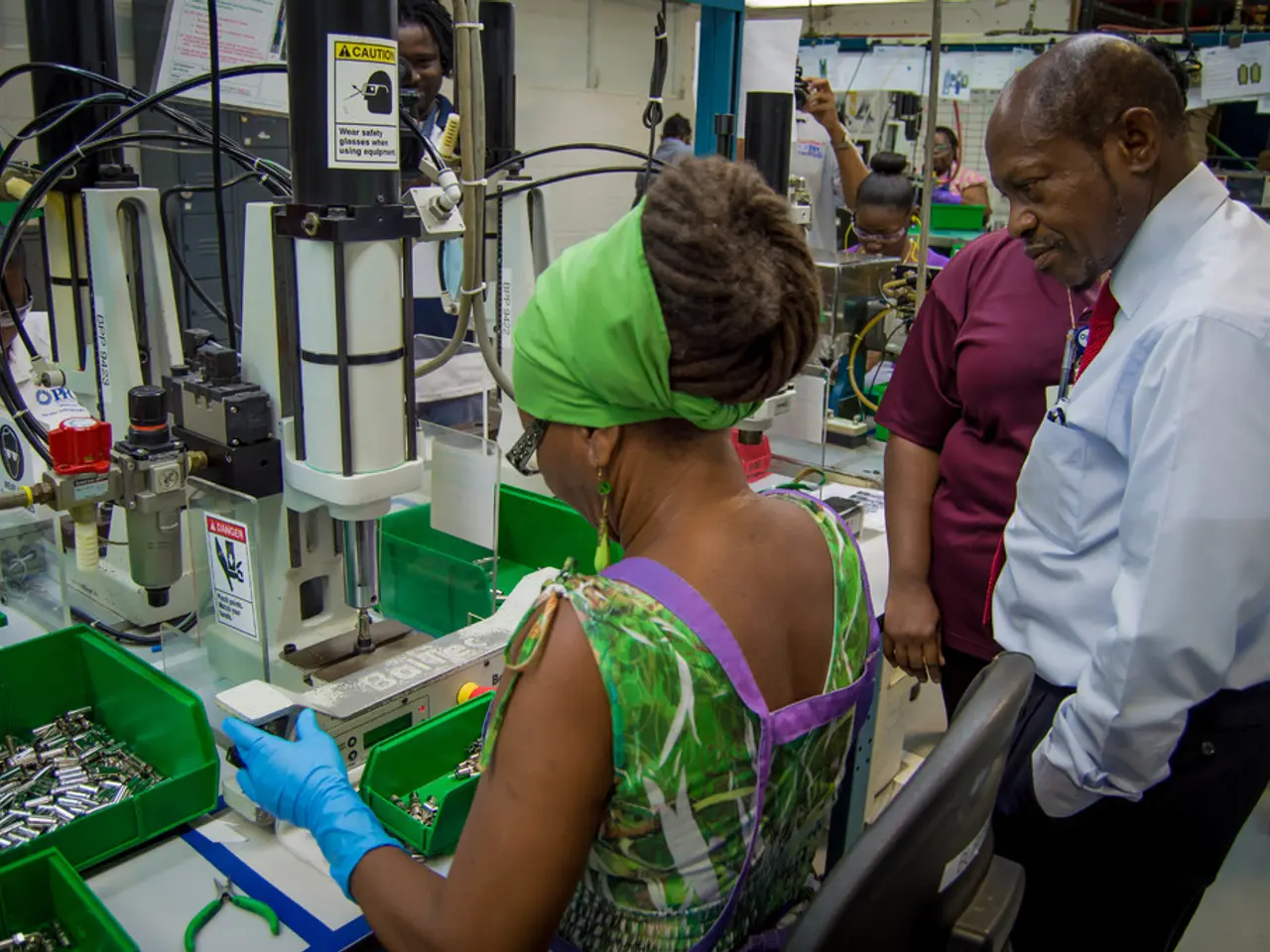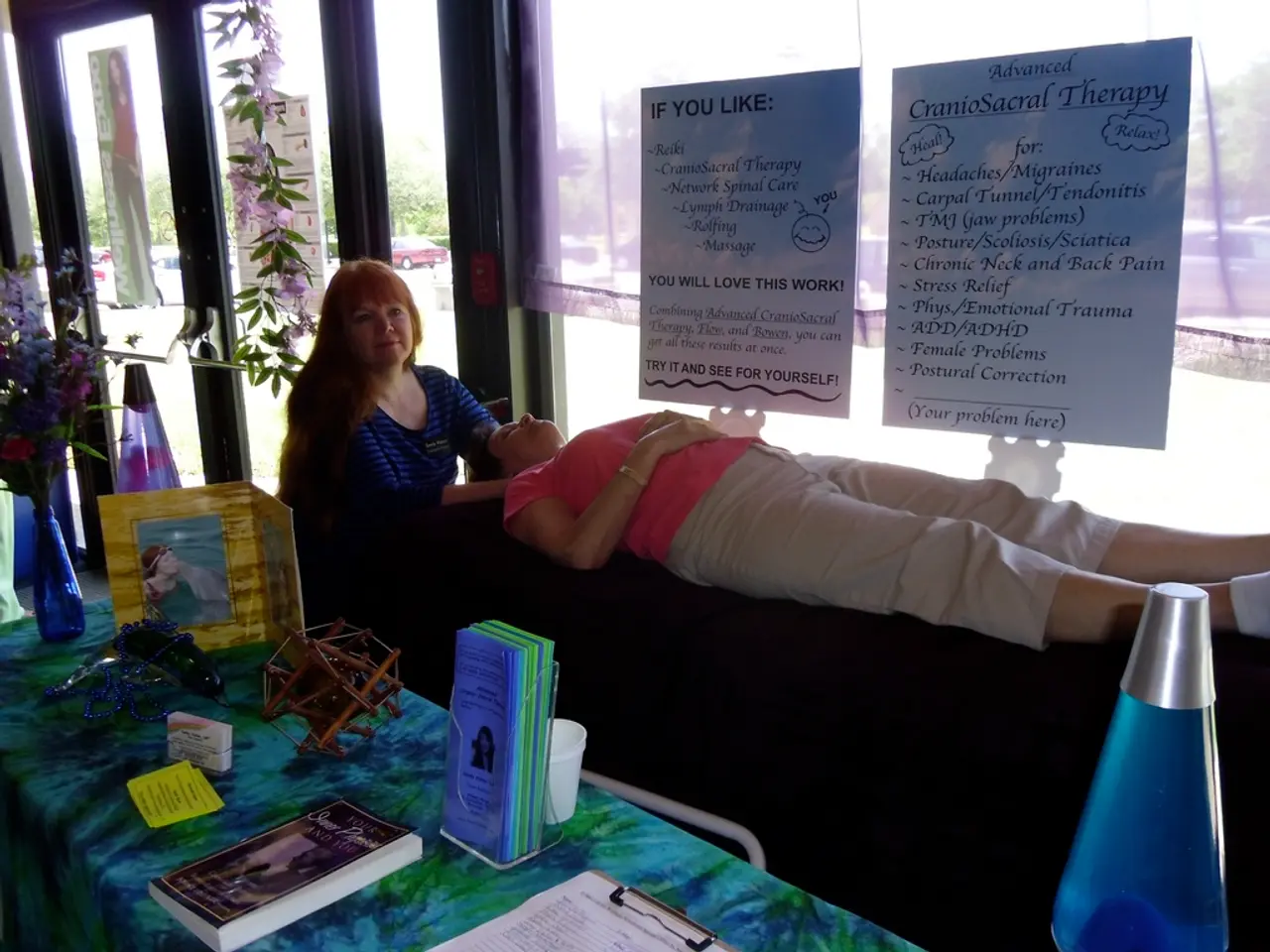Improving mobility and flexibility aren't set abilities—they're skills that can be enhanced; give this yoga instructor's 10-minute, 10-exercise routine a try to boost your own.
Relax and Get Loose with this 10-Minute Stretching Routine
If you're feeling tight, especially after a day cooped up at your desk, give this 10-minute stretching sequence a shot. This yoga and Pilates-inspired flow will help you unwind, reset, and release tension, all while supporting joint health and flexibility.
Fitness guru Britt Turpack swears by the mantra "movement is medicine," and she's not alone. With so many of us stuck in our chairs for long hours and moving straight from high-intensity workouts into stillness, this gentle, breath-led sequence is the perfect antidote.
Try this calming flow in the morning to get grounded, after work to unwind, or as a recovery routine after travel.
Give it a Go
Spend one minute in each posture or adjust the time to suit your needs.
- Seated breath awareness
- Wide-legged child's pose
- Downward dog with hip opener
- High runner's lunge
- Grounded crescent lunge with floss
- Half split
- Half pigeon
- Supine spinal twist
- Reclined figure of four
- Seated breath awareness
Breaking it Down
1. Seated breath awareness
- Sit cross-legged or on your heels with your hands resting on your knees or in your lap.
- Take deep breaths, inhaling for four counts and exhaling for six through your mouth.
- If you feel comfortable, close your eyes and focus on the sensations in your body.
- Transition to the next move by coming onto your hands and knees.
2. Wide legged child's pose
- From your hands and knees, sit back onto your heels.
- Spread your knees wide with big toes touching.
- Reach your arms forward and rest your forehead on the mat while breathing deeply.
- If you like, gently sway your hips from side to side to release hip tension.
- Transition to the next move by tucking your toes under and lifting your hips.
3. Downward-facing dog with hip opener
- Inhale and exhale, pressing your palms into the floor and lengthening through your arms and spine.
- Lift one leg up (into three-legged dog pose) and bend that knee to stretch your hip.
- Repeat on the other side.
- Return to downward-facing dog and step one foot forward into a lunge for the next move.
4. High runner's lunge
- With one foot forward, extend the other leg back.
- Lean forward and place your hands on either side of your front foot.
- Soften your hips and hold for 30 seconds before switching sides.
- Transition to the next move by gently lowering your back knee to the floor.
5. Grounded crescent lunge with floss
- Inhale and lift your arms, stretching through your torso while keeping it upright.
- Exhale and gently lean your hips forward into a hip flexor stretch, flossing (moving gently) forward and back with your breath.
- Repeat on the other side.
- Transition to the next move by shifting your hips back for a hamstring stretch.
6. Half split
- Extend your front leg with your foot flexed.
- Square your hips and keep your spine long, breathing deeply into the stretch.
- Switch sides after 30 seconds.
- Transition to the next move by sliding your front leg back and bringing your resting leg forward.
7. Half pigeon
- Bend your front leg in front, cross your lower leg so it's horizontal on the mat, and extend your back leg behind you.
- Fold forward and breathe into the stretch in your glutes and hips.
- Hold for 30 seconds, then repeat on the other side.
- Transition to the next move by bringing the rear leg forward and soles of feet together.
8. Supine spinal twist
- Lie back, hug your knees to your chest, then drop both knees to one side.
- Extend one leg to the floor, keeping the other bent to the side.
- Open your arms wide across the floor at shoulder height, placing the opposite hand on the bent knee if comfortable.
- Switch sides after 30 seconds.
- Transition to the next move by returning your legs to centre with knees bent and feet flat on the floor.
9. Reclined figure of four
- Place your right ankle on your left thigh, clasp your hands behind your left thigh, and draw it in gently.
- Repeat on the other side after 30 seconds.
- Transition to the final move by gently rolling up to a seated position.
10. Seated breath awareness
- Sit comfortably with your hands on your chest, abdomen, or on your lap.
- Focus on each breath and the sensations in your body.
Why are we so stiff?
According to Turpack, prolonged sitting, intense workouts without recovery, and even stress can all contribute to muscle tightness. When we sit for hours at a desk, our hip flexors shorten, our shoulders round forward, and our spine compresses, all of which lead to stiffness, poor posture, and eventually pain. Stretching and mindful mobility help the body release that tension and return to its natural range of motion.
Make it a Habit
How often should we stretch for results?
Ideally, full-body, deep stretching should be practiced at least two to three times a week to experience lasting benefits, especially if you're active or sit for long periods. However, even just five to ten minutes a day of gentle, intentional movement can have a powerful, cumulative effect. Mobility and flexibility aren't fixed traits – they're skills that we can improve with regular attention, just like brushing our teeth. Over time, you'll likely notice better posture, fewer aches, faster recovery, and even improved mood and focus.
Participating in this 10-minute stretching sequence can aid in promoting wellness and improving fitness, as demonstrated by Britt Turpack, a renowned fitness expert who advocates the importance of incorporating stretches for joint health and flexibility in one's daily routine. This routine consists of yoga-inspired postures, which not only support relaxation and stress release but also address the tightness caused by prolonged sitting and intense workouts, as science suggests that these activities can contribute to muscle tightness. By making this stretching session a regular habit, individuals can experience enhanced flexibility, better posture, and potentially improved mood and focus over time.





